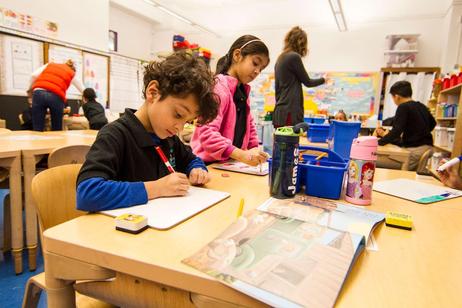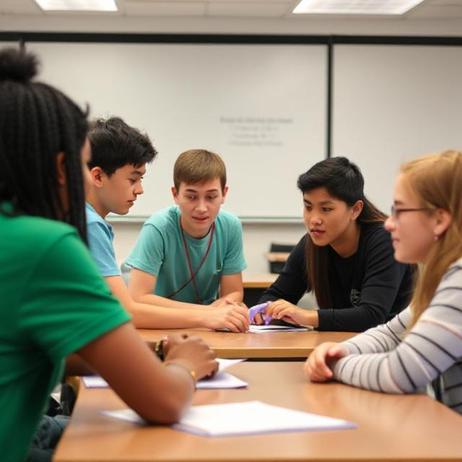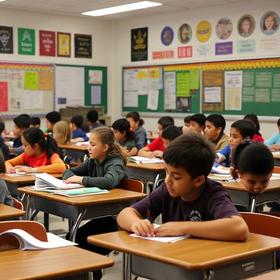What Is a Magnet School?
A magnet school is a public school of choice—typically within a school district or consortium—that offers a specialized curriculum, theme, or instructional model to attract students from diverse neighborhoods. The term “magnet” reflects the school’s design to pull students across traditional attendance boundaries based on interest or fit. Magnet schools remain part of the public education system—they are tuition-free—but they differ from neighborhood schools by offering distinct programming or pedagogical approaches.
Originally conceived in the 1970s as tools for voluntary desegregation, magnet schools today emphasize educational innovation, specialization, and choice.
In 2025, magnet schools serve roughly 3.5 million students nationwide, operating in around 4,340 institutions—about 4.9% of all public school students.
History and Purpose
Origins in Desegregation
Magnet schools emerged during the desegregation era of the 1970s as a voluntary alternative to court-ordered student reassignment. Districts sought to attract white students into racially diverse schools through special programs (e.g., arts, science, international studies) rather than resorting to mandatory busing.
Federal support began with the Magnet Schools Assistance Program (MSAP), which provided grants to districts implementing magnet programs aimed at reducing racial isolation.
Evolving Focus
Over time, many magnet programs have shifted emphasis—from desegregation as the primary goal toward raising achievement, retaining families in public districts, and offering curricular innovation. In some districts, magnet schools effectively compete with charter and





















